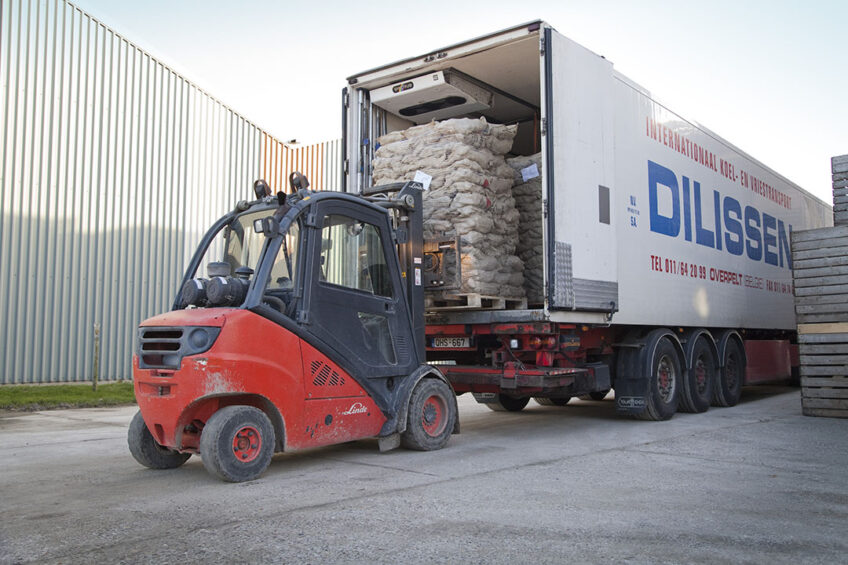Russia maintains poultry import quotas as production shrinks

The Russian government maintained the 2022 poultry import quota at this year’s level of 364,000 tonnes. Shrinking production and record-breaking domestic demand led to this decision.
The quota structure also remained the same, including 100,000 tonnes of minced meat, 250,000 tonnes of half or a quarter carcasses, and 14,000 tonnes of frozen boneless turkey meat. There is zero duty within the quota, while outside the quota, the duty is set at 65%.
In the first 11 months of 2021, Russia imported 198,900 tonnes of poultry, 1.6% up compared to the same period of the previous year. In monetary terms, supplies totaled US$ 339.3 million, 21.1% more on a year-to-year comparison, the Russian Federal Customs Service estimated.
Most imported poultry meat in Russia is used in the meat-processing industry for the production of semi-finished and ready-to-cook products.
”…believed to be the highest level ever.”
Soaring demand
Despite the Covid-19 pandemic, demand for poultry remains exceptionally strong in Russia. Research conducted by the Russian Business Consulting agency showed that in 2020, poultry accounted for 50.1% of Russia’s meat consumption. This is believed to be the highest level ever.
Russia places hope on Smena-9 breeders
The Russian poultry industry has always been reliant on relatively expensive imports of breeding stock. Now that the new Russian broiler crossbreed, Smena-9, is expected to be patented by the end of 2021, it hopes the end of foreign dependency is in sight. Read more…
The Russian per capita poultry consumption stood at 31 kg in 2020, which is 60% above the level recommended by the Healthcare Ministry. High demand for poultry hinders sales in other segments of the Russian meat market. For instance, Russia’s per capita beef consumption was 18.5% lower than the recommended norms, the Ministry admitted.
Declining production
In 2021, Russian poultry production dropped by 1.5% to 2% compared to the last year’s level to 5 million tonnes in slaughter weight, including 4.56 million tonnes in the industrial sector, said Albert Davleyev, president of the Russian consulting agency Agrifood Strategies.
In 2020, the sector’s output amounted to 4.6 million tonnes. In the backyard sector, production was believed to be above 400,000 tonnes, even though it is questionable whether this data is correct, given it is hard to estimate the actual production in this part of the industry, Davleyev added.
In 2021, Russian poultry farmers suffered from avian influenza outbreaks and a lack of hatching eggs, the Russian magazine Agroinvestor reported, citing market analysts. In this context, some regions performed worse than others, as for example, in the Urals, poultry production dropped by as much as 15%, with a noticeable decline in production also being seen in Siberia, the analysts stated. The decline in the broiler meat segment has been compensated by some extent by the strong growth of turkey production, the analysts added.












